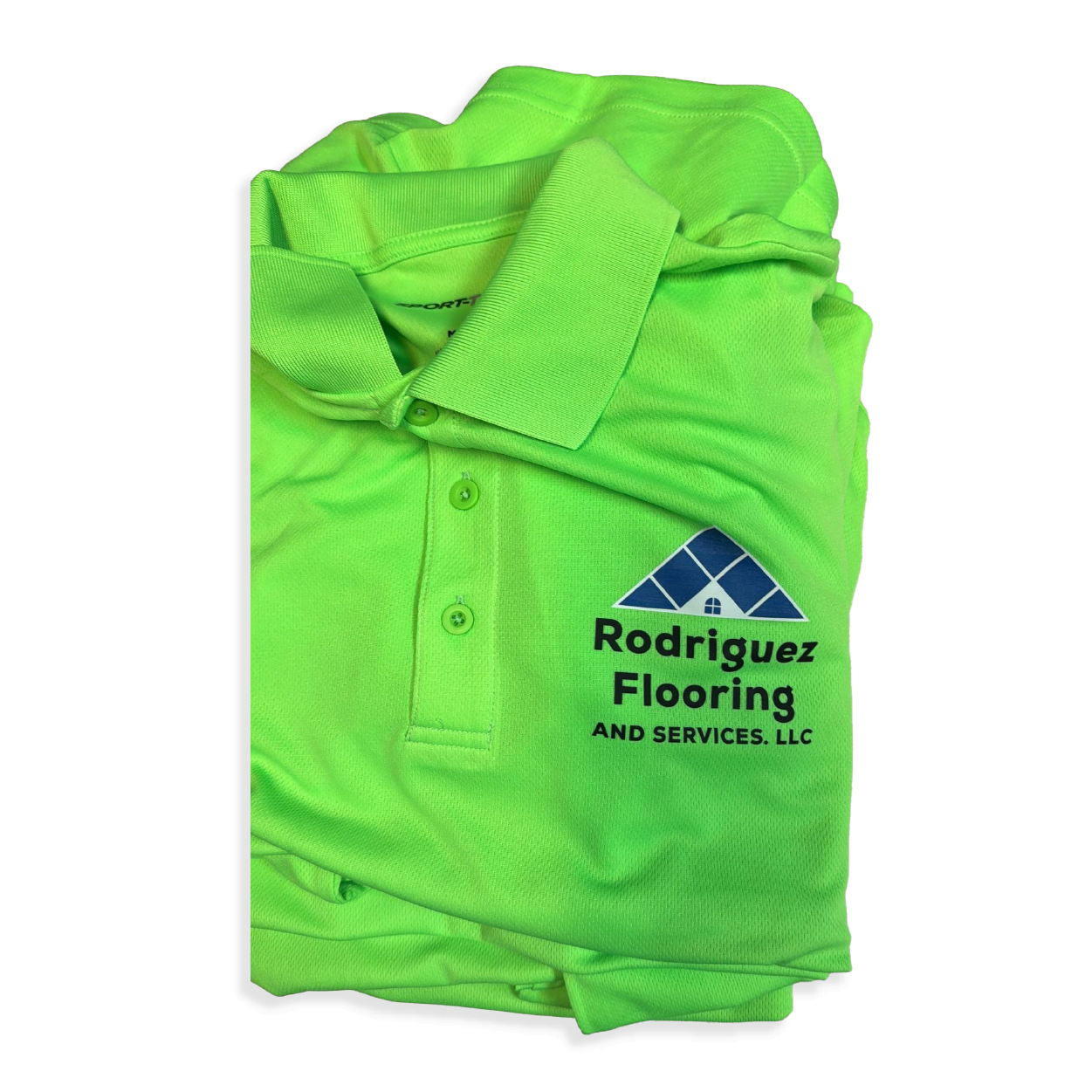T-Shirt Printing: A Comprehensive Guide

Introduction to T-Shirt Printing
T-shirt printing has become an integral part of the fashion industry and personal expression. This versatile method allows for creativity and individuality, whether for personal use, promotional purposes, or starting a business. Understanding the nuances of t-shirt printing can help you make informed decisions and create stunning custom apparel.
History of T-Shirt Printing
Early Beginnings
The history of t-shirt printing dates back to ancient times when people used stencils and dyes to decorate fabrics. However, it wasn’t until the 20th century that t-shirt printing as we know it today began to take shape. The advent of screen printing in the 1960s revolutionized the industry, making it accessible and popular.
Modern Developments
With technological advancements, modern t-shirt printing methods have evolved significantly. Digital printing techniques, such as Direct-to-
Garment (DTG) and Dye Sublimation, have made the process more efficient and versatile, offering higher quality and more detailed prints.
Types of T-Shirt Printing Methods
Screen Printing
Screen printing, also known as silk screening, is one of the oldest and most popular t-shirt printing methods. It involves creating a stencil (or screen) and using it to apply layers of ink on the fabric
Advantages of Screen Printing
Screen printing is highly durable and produces vibrant colors that last through many washes. It is cost-effective for large orders and works well on both light and dark fabrics.
Disadvantages of Screen Printing
The setup process can be time-consuming and costly for small orders. It is less efficient for designs with multiple colors or intricate details.
Direct-to-Garment (DTG) Printing
DTG printing is a modern method that uses specialized inkjet technology to print directly onto the fabric. This method allows for high-resolution prints and is ideal for complex designs.
Advantages of DTG Printing
DTG printing offers excellent detail and color accuracy, making it perfect for small orders and customized prints. It requires minimal setup time and can print photographic images with ease.
Disadvantages of DTG Printing
It is generally more expensive than screen printing for large orders. The prints may not be as durable as those produced by screen printing, especially on dark fabrics.
Heat Transfer Printing
Heat transfer printing involves transferring a design from a special paper to the fabric using heat and pressure. This method is popular for its simplicity and versatility.
Advantages of Heat Transfer Printing
It is ideal for small batches and allows for full-color prints, including photographs. The process is straightforward and does not require extensive setup.
Disadvantages of Heat Transfer Printing
The prints may crack or fade over time, especially with frequent washing. It is not as cost-effective for large orders.
Dye Sublimation Printing
Dye sublimation printing uses heat to transfer dye onto materials, resulting in vibrant and durable prints. This method is best suited for polyester fabrics.
Advantages of Dye Sublimation Printing
Dye sublimation produces long-lasting prints with excellent color vibrancy and detail. It is perfect for all-over prints and designs with gradients.
Disadvantages of Dye Sublimation Printing
It is limited to polyester and polymer-coated fabrics. The initial investment in equipment can be high, and the process is not suitable for natural fabrics like cotton.
Choosing the Right T-Shirt Printing Method
Factors to Consider
When selecting a t-shirt printing method, consider factors such as the type of fabric, order size, design complexity, and budget. Each method has its strengths and limitations, so understanding your specific needs is crucial.
Cost Comparison
Screen printing is cost-effective for bulk orders, while DTG and heat transfer are better suited for smaller batches. Dye sublimation, though slightly more expensive, offers high-quality results for specific fabric types.
Designing for T-Shirt Printing
Importance of Design Quality
A high-quality design is essential for successful t-shirt printing. Ensure your design is clear, detailed, and appropriately formatted for the chosen printing method. Vector files are often preferred for their scalability and precision.
Tools and Software for T-Shirt Design
Various tools and software can help create professional t-shirt designs. Adobe Illustrator and CorelDRAW are popular choices for vector graphics, while Photoshop is excellent for raster images. There are also online platforms like Canva and Designhill that offer user-friendly design tools.
The T-Shirt Printing Process
Pre-Printing Preparation
Proper preparation is key to achieving high-quality prints. This includes selecting the right fabric, ensuring the design is print-ready, and calibrating the printing equipment. Pre-treating the fabric may also be necessary, especially for DTG printing.
Printing Execution
The execution phase involves the actual printing of the design onto the t-shirt. This step varies depending on the chosen method but typically includes setting up the equipment, applying the ink or dye, and curing the print to ensure durability.
Post-Printing Care
After printing, proper care is essential to maintain the quality of the print. This may include heat pressing, washing instructions, and storing the printed t-shirts in a controlled environment to prevent damage.
Trends in T-Shirt Printing
Customization and Personalization
Personalization is a major trend in t-shirt printing, with consumers seeking unique designs that reflect their personality. Custom prints for events, businesses, and gifts are increasingly popular.
Eco-Friendly Printing
As sustainability becomes a priority, eco-friendly printing methods are gaining traction. Water-based inks, organic fabrics, and energy-efficient printing processes are being adopted to reduce the environmental impact.
Starting Your Own T-Shirt Printing Business
Essential Equipment
Starting a t-shirt printing business requires investing in essential equipment such as a high-quality printer, heat press, screens, and inks. It’s important to research and choose the right equipment based on your business model and target market.
Marketing Strategies
Effective marketing strategies are crucial for attracting customers and growing your business. Utilize social media, online stores, and local events to showcase your products. Offering customization options and running promotions can also help build a loyal customer base.
Conclusion
T-shirt printing is a dynamic and rewarding field that offers numerous opportunities for creativity and entrepreneurship. By understanding the various printing methods, design considerations, and business strategies, you can create high-quality custom t-shirts and potentially build a successful printing business.
